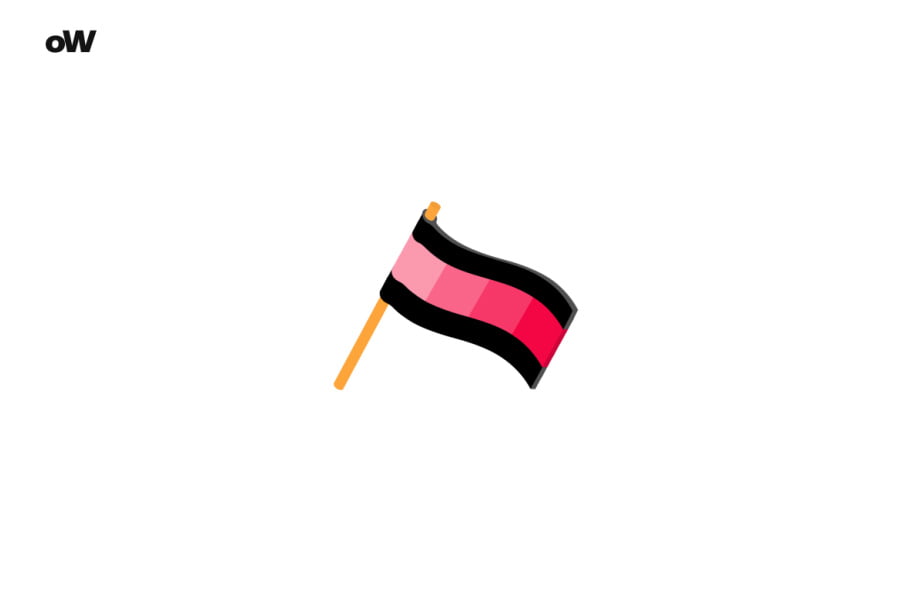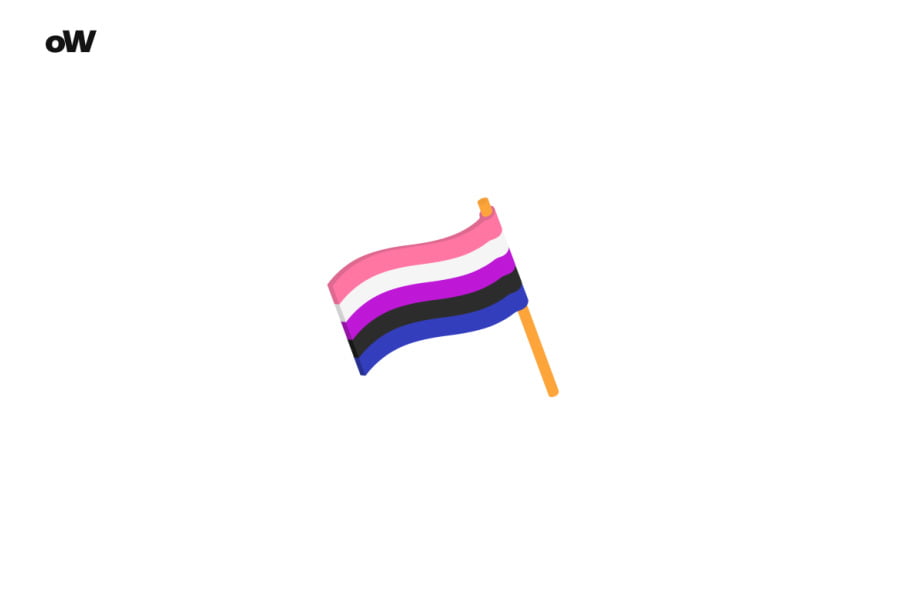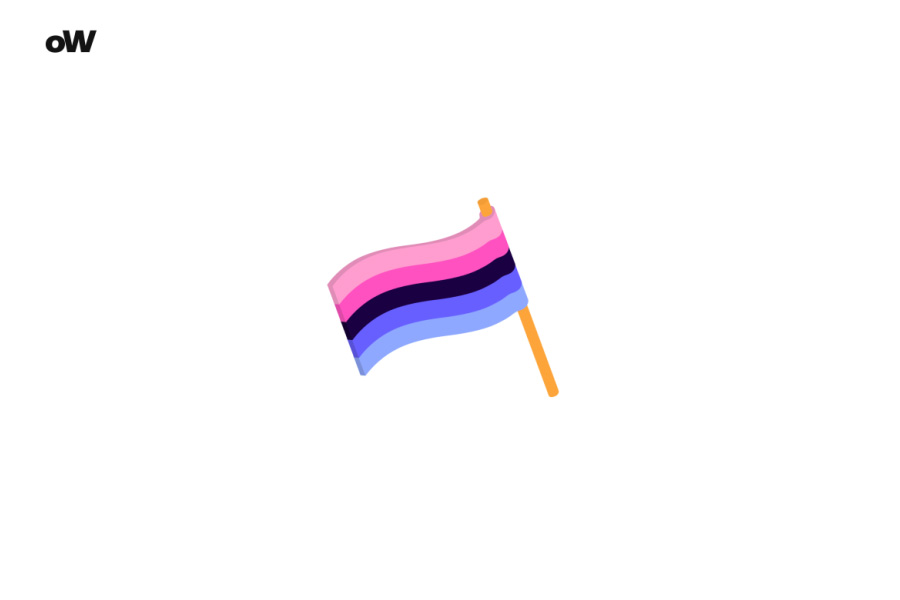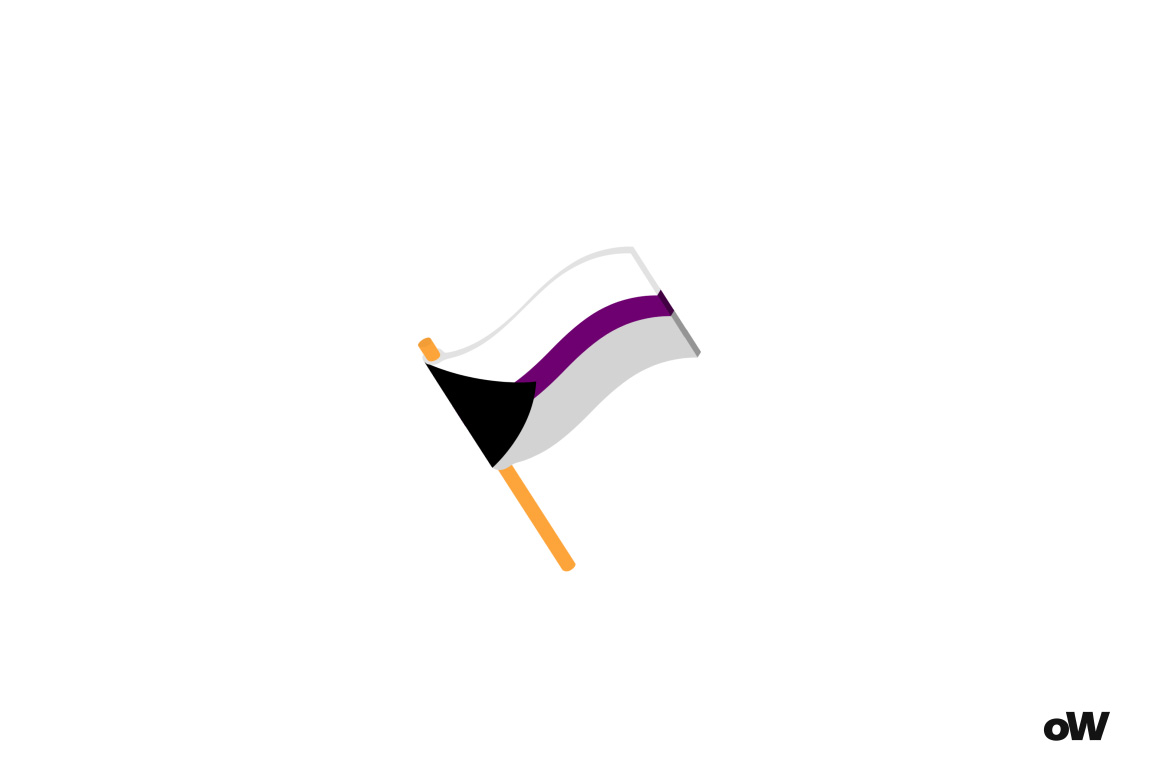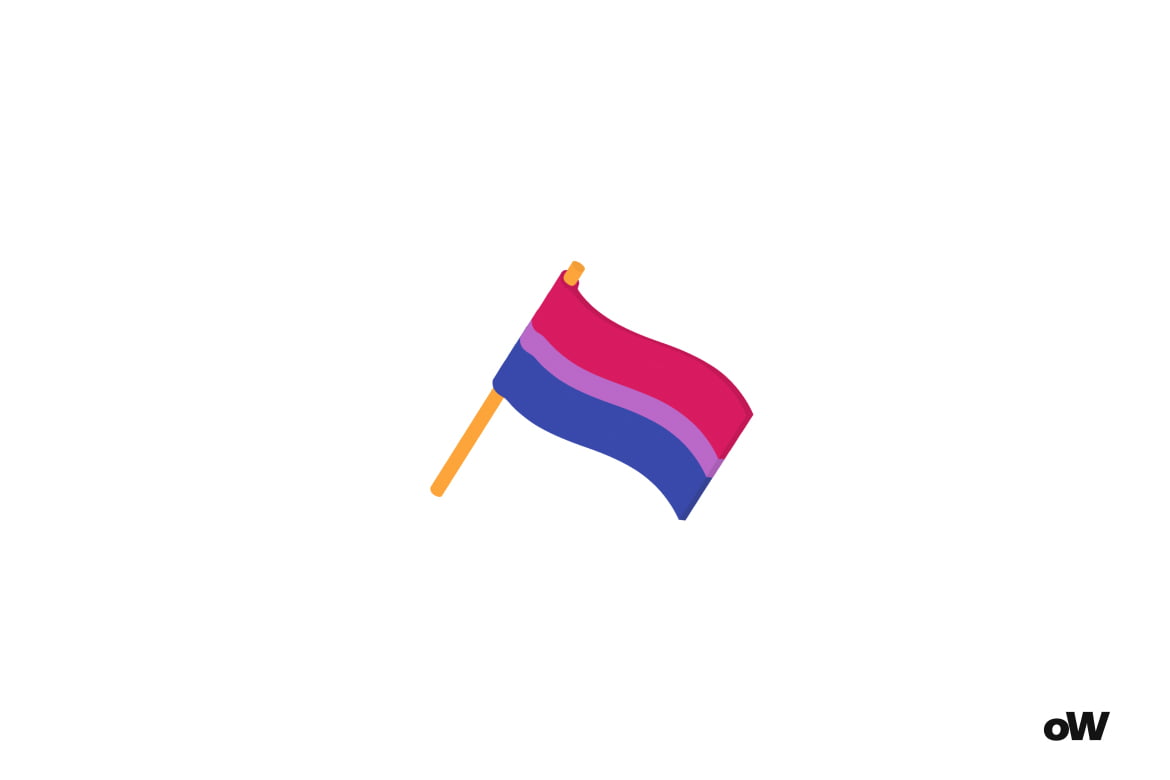Quiz: What Are My Pronouns?
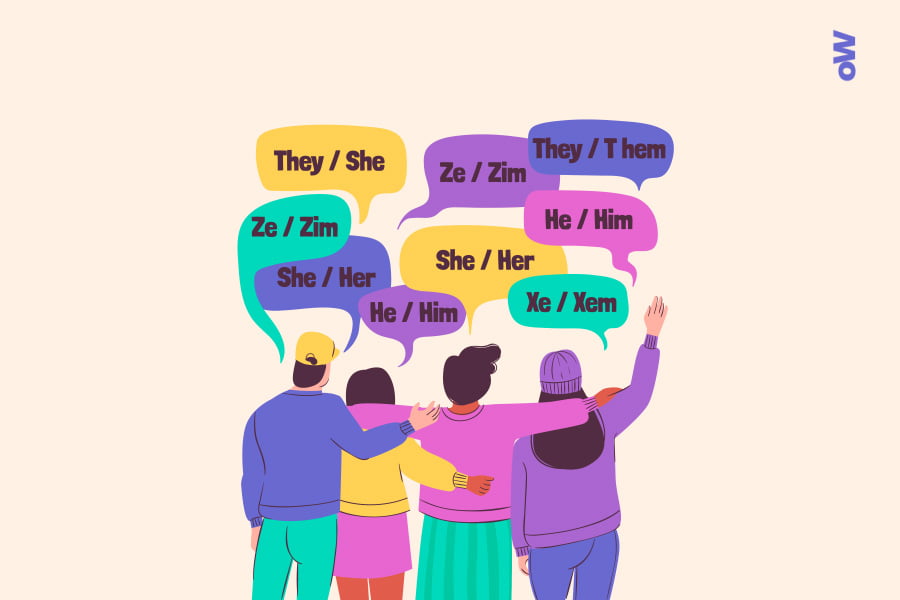
Building relationships and engaging with new people may prompt us to ask, “What are my pronouns?”. If you’ve never asked this question of yourself before, it might seem unusual. Our unique quiz has been designed to help guide you through this dynamic terrain.
By analyzing historical aspects and cultural nuances of pronoun usage, we can more fully grasp their significance in our rapidly evolving society.
Quiz Description
Our pronoun identification quiz is a groundbreaking interactive tool that simplifies the process of determining your preferred pronouns. It aims to explore your preferences, individuality, and how you see yourself through the lens of gender.
This is not exactly a scientific experiment, but rather an opportunity for exploration and self-discovery. Moreover, the quiz gives you the chance to feel part of a grand history and culture, as pronouns and their use have deep roots in many world languages and cultures.
An example would be the language of Japanese samurais, where various pronouns were used to show respect or dislike for the interlocutor. And in some African cultures, specifically in the Yoruba culture, there are specific pronouns that express a person’s status and age.
The Significance of Pronouns in Modern Society
In the global context of today’s society, pronouns take center stage. As essential elements in the complex system of social interaction, they impact our self-identification and how we interact with the world around us.
Pronouns today are much more than just grammatical entities. They have morphed into a powerful tool for self-expression, reflecting gender identity and the desired persona we strive to project onto society. Consider, for example, the Civil Rights Movement in the U.S. during the 1960s when many African Americans chose the address “Mr.” or “Mrs.” over more demeaning terms. This wasn’t simply a matter of respect, but an active expression of self-respect.
In today’s context, a pansexual individual might also prefer gender-neutral pronouns. This underscores respect for oneself and others and reflects the value of inclusivity in our society.

Understanding Gender-Neutral Pronouns
Gender-neutral pronouns circumvent traditional gender categories of “he” and “she”. These pronouns are often chosen by individuals who don’t identify strictly as men or women, or those seeking to go beyond these categories. According to a Pew Research Center study, about 35% of the 1.2 million adults in the U.S. identifying as transgender use gender-neutral pronouns.
The Value of Self-Identification Process
The self-identification process plays a crucial role in pronoun selection. It allows each of us to define how we’d like to be recognized in society.
It’s worth noting that for people identifying as agender or nonbinary, this process can be even more critical. This process often involves not only defining one’s gender identity but may also encompass aspects such as racial and ethnic affiliation, age, sexual orientation, and even professional identification.
In a society that increasingly recognizes gender diversity and the importance of self-identification, acceptance, and respect for each person’s pronoun choice become integral parts of the journey towards the overall acknowledgment of diverse gender identities.
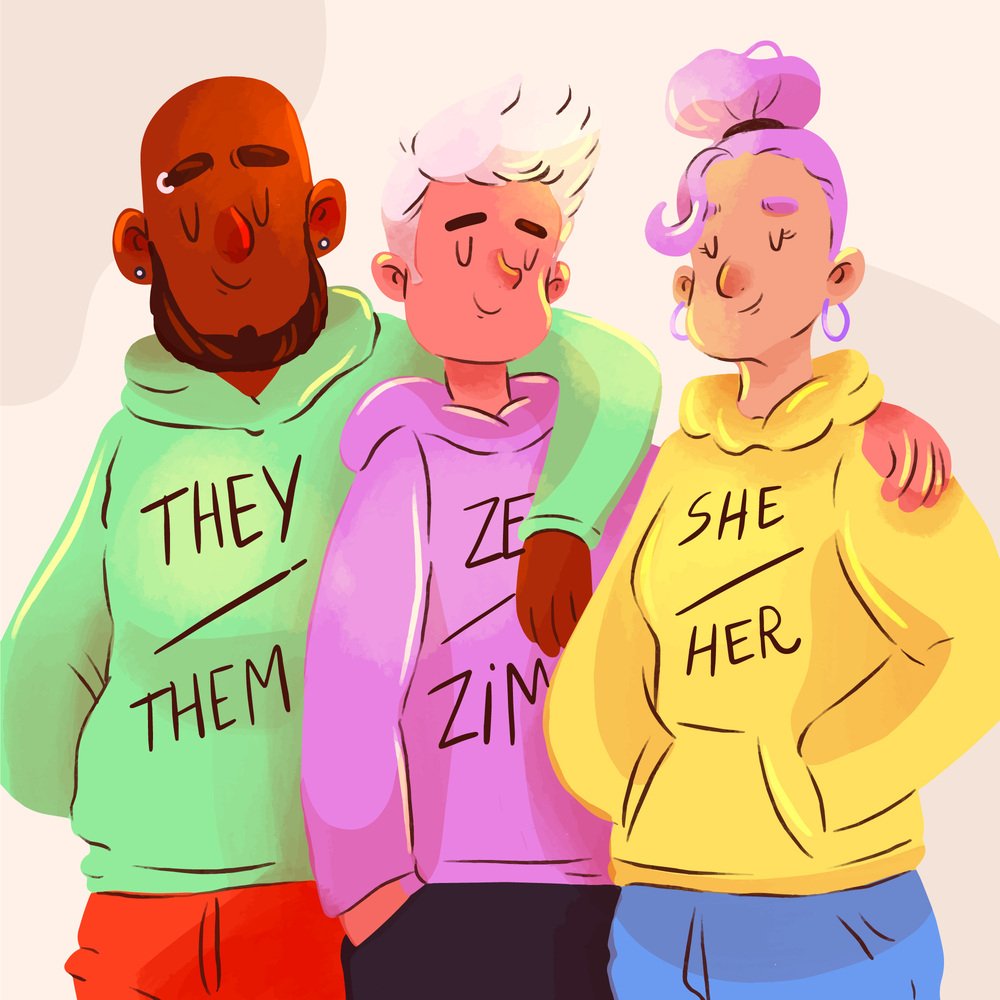
List of Most Common Pronouns
We acknowledge that gender pronouns in our time are much more diverse than just “he” and “she”. Reflecting this gender diversity, we present you with a list of the most common pronouns:
- He/his: these pronouns are typically chosen by those who identify as male, including both gay and heterosexual individuals.
- She/her: these pronouns are typically chosen by those who identify as female.
- They/them: these pronouns can be used singularly for those who prefer not to identify within traditional gender categories. This could also include people of various sexual orientations, including pansexuals.
- Ze/hir: these pronouns are examples of gender-neutral pronouns that some people prefer. “Ze” replaces “he/she”, and “hir” replaces “his/her”.
- Ey/em: this is another example of gender-neutral pronouns, where “ey” replaces “he/she”, and “em” replaces “him/her”.
- Xe/xem: these pronouns are another example of gender-neutral pronouns that can be used by people not identifying within traditional gender categories.
- Self-naming: some prefer to use their name as a pronoun. This may be the choice for those who don’t want to use other pronouns.
It’s important to understand that this list doesn’t cover all possible gender pronouns. Each individual has the right to choose which pronouns to use for themselves, and these may change over time. Respecting this choice is a key expression of respect for each person’s individuality and identity.
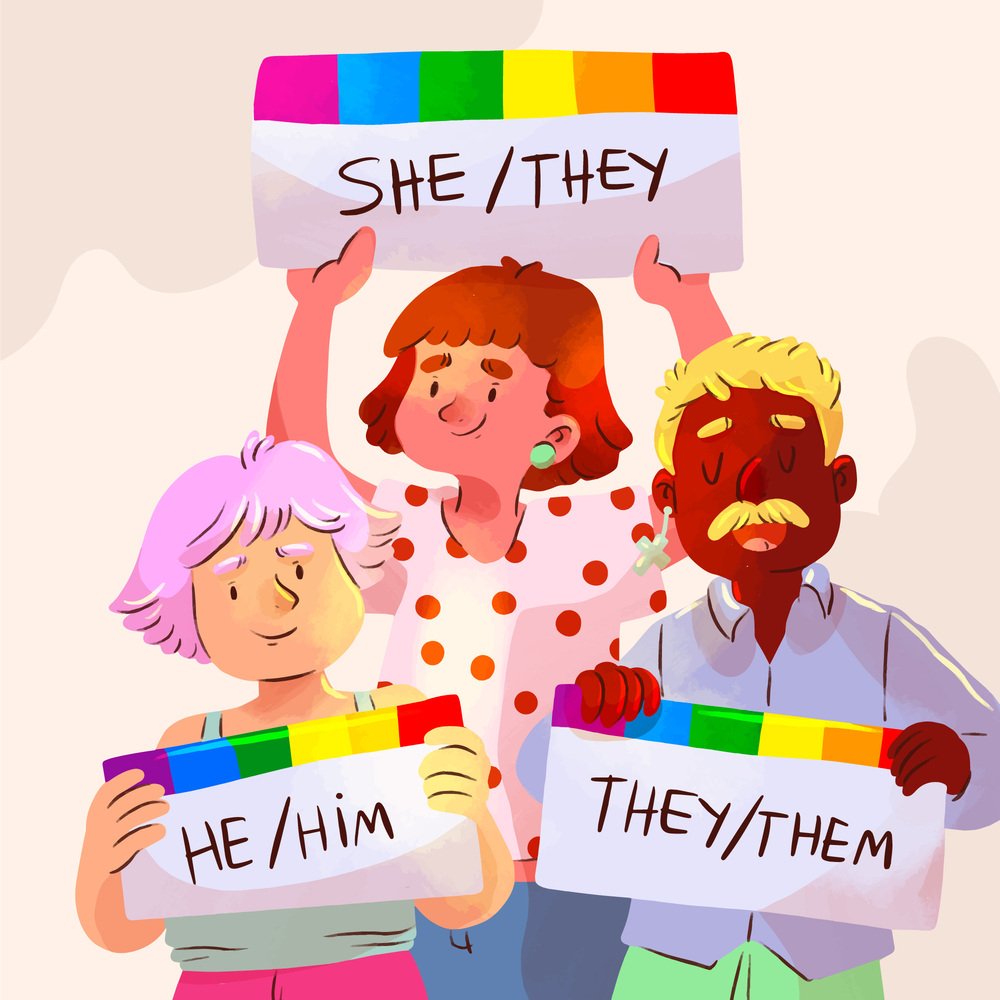
How to Properly Use Pronouns?
Proper use of pronouns that align with someone’s gender identity plays a crucial role in the process of respectful communication. It can be as simple as asking about preferred pronouns or attentively using the ones that have been provided. The key to this involves the correct use of these pronouns during conversations or in written form.
In case of uncertainty about which pronouns to use, the best option is always to ask. This demonstrates respect for the individual’s gender identity and helps maintain an atmosphere of mutual understanding and respect.
Conclusions
Recognizing our pronouns and respecting others’ pronouns is an important part of our society that acknowledges and values gender diversity. The pronoun identification quiz becomes an engaging and personally meaningful way of self-definition. It makes us more mindful, respectful, and inclusive of everyone in our society.
We hope this quiz has helped you delve deeper into the meaning of pronouns and understand why they’re so important. Moreover, you might have identified which pronouns most align with your identity. With such quizzes and this process of self-definition, we can all together build a more inclusive and respectful society that values all gender identities.
How to Play?
Click the "Start Quiz" button and answer each quiz question honestly. There are no right or wrong answers. You may encounter multiple-choice questions or statements to rate on a scale of agreement. Once you finish the quiz, you'll receive results that provide insight into your personality traits, including strengths and weaknesses. Use this information to increase self-awareness and make positive changes.
How many questions does this quiz have?
15 Questions
How long does it take to complete this quiz?
6 Minutes
